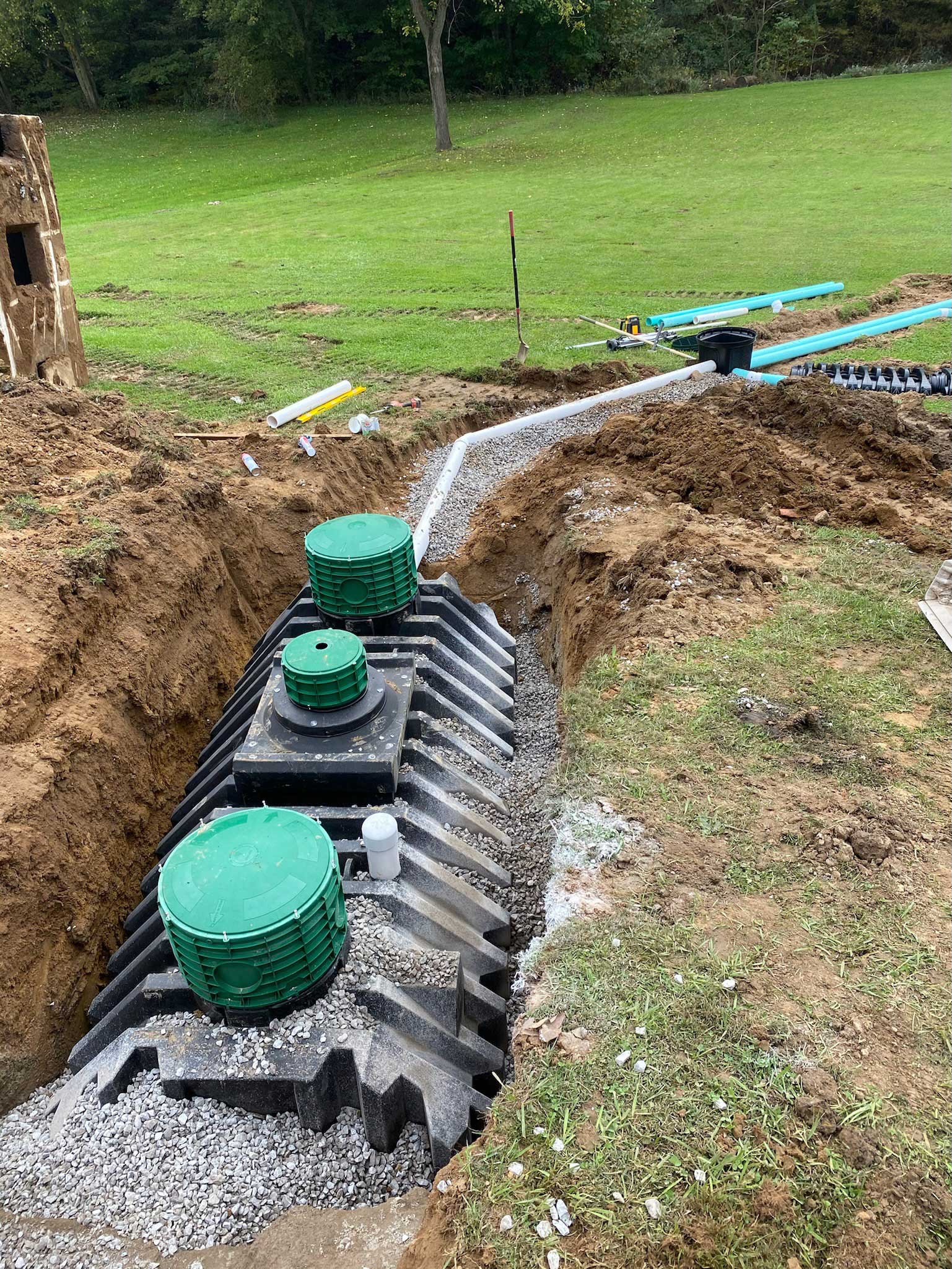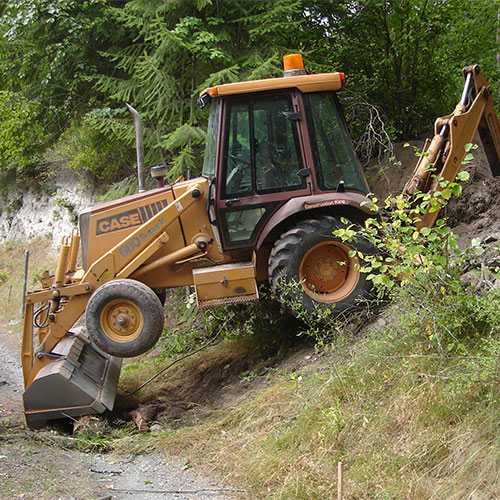Lancaster Trenching - Expert Trenching Solutions in Lancaster, Ohio
Lancaster Trenching - Expert Trenching Solutions in Lancaster, Ohio
Blog Article
In-Depth Exploration: The Scientific Research Behind Superior Excavation Practices
From old hand tools to modern hydraulic excavators, the development of excavation strategies has been a testimony to human resourcefulness and technological developments. What truly establishes superior excavation methods apart is a deep understanding of geological principles, paired with the utilization of sophisticated tools and approaches.
Development of Excavation Techniques
Throughout history, the evolution of excavation techniques has actually played a critical function ahead of time construction methods and archaeological discoveries. From the basic devices made use of by our ancestors to the advanced machinery utilized in modern times, the development of excavation techniques has substantially changed just how we come close to numerous jobs.
In ancient times, manual work with standard devices such as shovels, pickaxes, and wheelbarrows was the primary technique of excavation. This labor-intensive process limited the depth and extent of excavations, usually leading to slow progress and limited accessibility to particular sites. Nonetheless, as civilizations progressed, so did the tools and strategies utilized for excavation.
The Industrial Change marked a transforming factor in excavation experiment the introduction of steam-powered equipment. This innovation revolutionized the field, permitting faster and extra extensive excavations. In modern times, modern technology plays a critical function in excavation, with innovations like general practitioner systems, drones, and 3D scanning boosting precision and efficiency in the field. The advancement of excavation strategies continues to shape the way we build, check out, and understand the globe around us.
Role of Innovation in Excavation

The integration of innovative modern technology has essentially transformed the field of excavation, boosting precision and effectiveness to unprecedented degrees - lancaster trenching. One of the essential technological developments that has actually significantly impacted excavation techniques is the use of GPS systems.
Moreover, the development of 3D modeling and simulation software application has streamlined the planning process for excavation jobs. Engineers and drivers can now imagine the entire excavation process prior to beginning, maximizing and recognizing prospective difficulties operations. Along with this, the application of drones in excavation tasks has actually facilitated airborne studies, volumetric measurements, and website assessments with unparalleled speed and accuracy.
Geological Principles in Excavation
An understanding of geological principles is important for making certain the structural honesty and security of excavation websites. Geological aspects play a vital role in figuring out the feasibility and safety of excavation tasks.
By carrying out complete geological surveys and analysis, excavators and designers can develop methods to minimize threats and make certain the successful completion of excavation tasks. Eventually, including geological concepts right into excavation practices is critical for accomplishing safe, effective, and sustainable results.

Newest Tools for Excavation
In the realm of excavation techniques, contemporary technologies in tools have reinvented the effectiveness and precision of excavation procedures. These drones can offer detailed airborne surveys of excavation websites, using real-time information on topography and prospective risks.
An additional cutting-edge device obtaining popularity is the application of 3D printing innovation for Related Site developing personalized excavation tools. This enables the manufacturing of specialized tools that are tailored to the particular demands of a job, boosting effectiveness and reducing downtime.
Additionally, developments in materials scientific research have actually led to the advancement of more powerful and a lot more sturdy excavation tools. lancaster trenching. Tungsten carbide-tipped excavator attachments, for example, deal premium performance in tough ground conditions, improving productivity on-site
Science's Influence on Excavation Practices
Moreover, improvements in products science have actually caused the development of stronger, more long lasting excavation devices and equipment. For circumstances, the use of composite materials in diggers and read more shovels has improved their performance and longevity, eventually boosting productivity on excavation websites. Furthermore, scientific research study on soil technicians and geotechnical engineering has actually given beneficial insights right into soil habits, permitting excavation professionals to make informed choices pertaining to excavation techniques and soil stabilization techniques. In general, science remains to drive advancement and improvement in excavation methods, making excavation projects more effective, cost-efficient, and sustainable.

Final Thought
To conclude, the development of excavation techniques has actually been substantially affected by improvements in technology and a much deeper understanding of geological concepts. The current visit this site tools and tools used in excavation have boosted effectiveness and precision in the area. The application of scientific knowledge has actually substantially enhanced excavation techniques, causing much more sustainable and reliable techniques for digging deep into different sorts of products.
In the realm of excavation practices, contemporary technologies in tools have actually transformed the efficiency and precision of excavation procedures. By leveraging clinical principles, the excavation industry has actually been able to substantially enhance effectiveness, accuracy, and safety and security in excavation procedures. GPR allows excavation groups to non-invasively check and map subsurface frameworks, energies, and potential hazards, allowing them to prepare excavation projects with better accuracy and decreased threat of mishaps.
Furthermore, clinical research study on soil technicians and geotechnical design has offered useful understandings into dirt behavior, permitting excavation specialists to make informed choices relating to excavation methods and dirt stabilization strategies. Generally, science proceeds to drive technology and enhancement in excavation practices, making excavation jobs more effective, affordable, and lasting.
Report this page